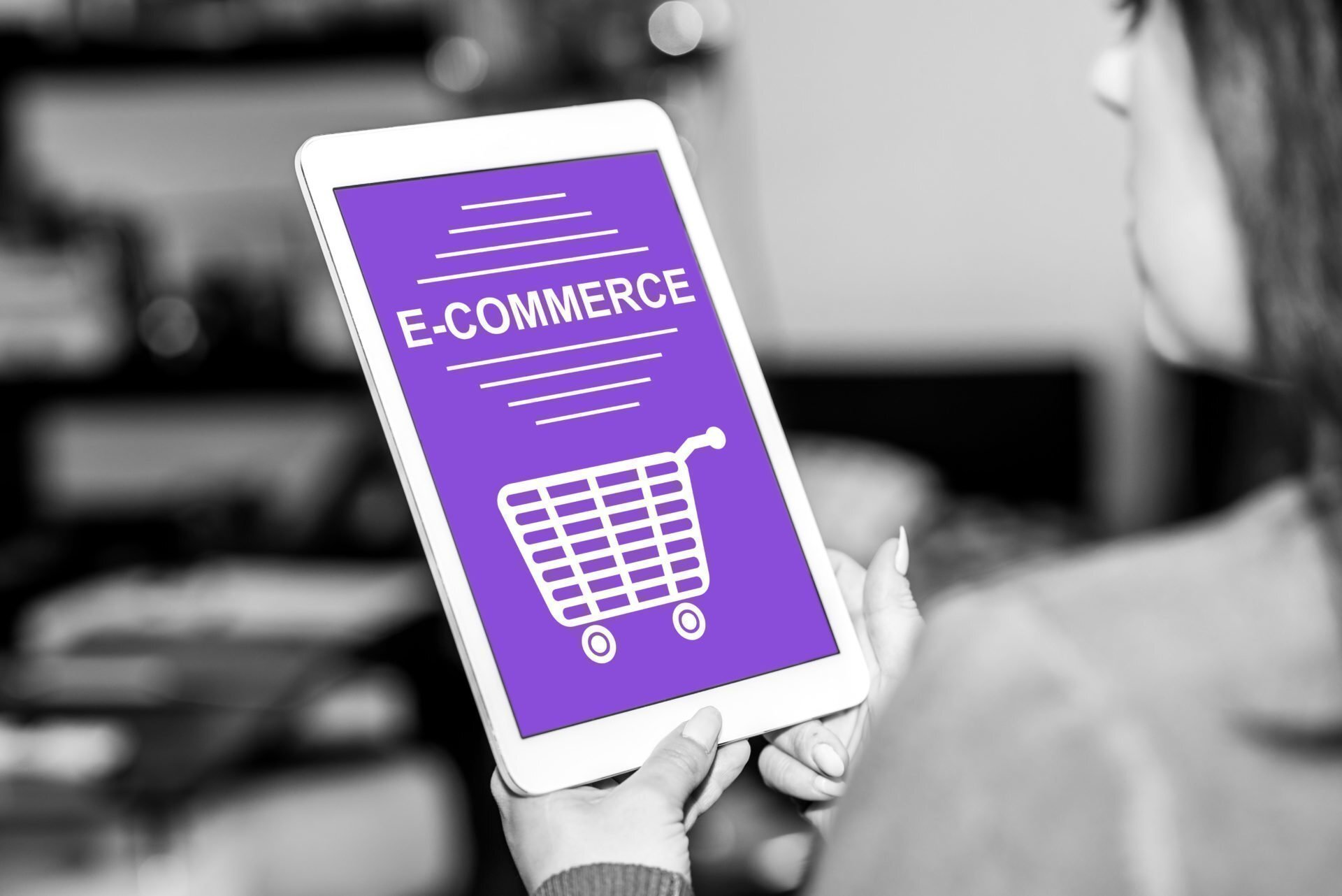What does Headless eCommerce mean and how is it achieved?
Headless eCommerce aims to standardise the method of transmitting data between the front and back office systems. Quite simply, a headless system refers to a back-end system that can be detached from the front-end appearance of an application or website.
This is often best served by an eCommerce platform that uses an API-first methodology because the platform is designed to allow all of the back-office functions to be available to the front-office functions via the API. Because of this, it means a front-end system can be detached and served by a completely different system or architecture to quickly match industry demands and gain competitive advantage.
Traditional eCommerce platforms on the other hand, have coupled back-office and front-office systems that work together to provide a back-office for merchants to manage sales, whilst having a connected front-office in the same format that customers can use to view and purchase purchase products.
What are the benefits of Headless eCommerce?
Flexibility
Headless systems can be vastly more flexible, scalable and customisable than traditional systems due to the utilisation of API-first methodology. Merchants can use software of their choice to create a bespoke look and feel of the platform, whilst choosing a different system for data management or to integrate with 3rd parties.
In this case, the restrictions of data transfer that are traditionally enforced by an eCommerce platform do not apply because the two parts of the headless system work independently of one another. If a merchant decides to change the back-office system, they can do so without necessarily sacrificing the front-end platform, or vice versa.
Omni-channel
The idea of “omnichannel retail” means that as a shopper, you can use the same online platforms to shop both online and offline, on any device, at any time. The primary objective of headless eCommerce platforms is to offer a seamless user experience across all channels no matter the technology used to create those channels. Using the API-first methodology allows for this to happen as it’s possible to design different front-end views, whether that’s the POS, webstore or mobile store, that is completely decoupled from the back-end, but will still work seamlessly together. From a merchant’s perspective, this could be useful to ensure that discounts and sales strategies are shared across both online and retail stores.
Ability to design a custom purpose-built experience for shoppers
As mentioned, a headless set-up enables organisations to manage front and back-end systems independently of each other. As such, businesses can adopt newly evolving products, or update to an enterprise system without disrupting their existing systems.
In our experience, when evaluating software, companies often become stuck choosing between a flexible intuitive front-end or feature-rich back-end. Headless allows you to choose a separate platform for each area, so your team aren’t required to compromise on the strengths and weaknesses of a single, combined system.
Testing is easier
When adopting newly evolving products or updating to an enterprise system, a headless platform would make operational and visual systems less codependent so tests can be carried out more freely. In turn, testers can experiment on areas of the back-end, like search tagging, without disrupting the front-end shopping experience for the user.
The time saving implication for this means if you wanted to add an extra colour option to a product, for example, it would only need to be updated in one place rather than multiple and this change would then be applied to every single application the product features in.
Example of a Headless Platform; Shopware

Shopware is well known for dominating its native market in Germany, and is beginning to take the rest of the English-speaking market by storm. Established in 2000 by two brothers, the company has 170 employees, over 80,000 installations and over 1200 partners.
Designed using the API-first methodology, Shopware is capable of processing and managing transactions and order data from either it’s own front-end engine, or by processing them from an entirely different system, such as a POS platform. This allows for the system to be used as a centralised source of truth for order management purposes and removes the need to duplicate data across multiple systems and solutions. Integration with Shopware then is fairly easy, and is great for managing omni-channel transactions.
Built in a refined modern architecture using Symfony and Twig for templating, Vue.js for administration, Webpack for asset bundling and SCSS, ES6, and the popular Bootstrap 4 framework, Shopware can easily be adapted to suit your eCommerce needs. The intuitive CMS solution utilises a concept called ‘Shopping Worlds’ with drag and drop-ability of dynamic content, out of the box support for multi-warehouse, multi-store and currency. It also has a mature feature set of marketing tools such as an affiliate program, loyalty program, abandoned cart, product catalogue and search and merchandise management.
What’s more, Shopware has access to over 3,500 extensions and supports a range of integrations including Stripe, PayPal, Mailchimp, MonkeyData and DHL to extend your webstore even further and give it a truly easy global reach.
If you want your next project to be headless, get in contact with the first Shopware 6 ready agency in the UK today.

